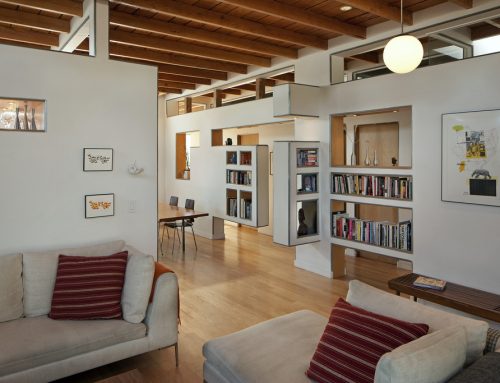Following the recent legalisation of ride-sharing services in Queensland, the discussion has now opened to the impact it could have on cities and how the general public moves in and around them.
TTM traffic engineer Simon Crank said ride-sharing services have the potential to be so much more than a taxi alternative and could significantly transform our cities.
“With the legalisation of ride-sharing, we’re likely to see an influx of competitors for Uber,” he said.
“Niche services like female-only and child-friendly ride share platforms are likely to gain traction also. Users will have vast options, and providers will be forced to reduce costs further to get a share of the pie.”
But What Does This Mean For Designing Our Cities?
“Already for a long time, it’s been cheaper for the majority of us to catch a taxi to work every day than to own, run and maintain your own vehicle,” Crank said.
“The problem is, there will always be a proportion of the population who want the privacy and freedom that comes with owning their own car.
“As a result, councils believe that every Australian wants to, and is able to own their own vehicle, and that by not allocating a car space for every residential apartment or workplace, people will instead park on the street.”
In many cases, authorities believe it is easier to supply a car park, even if it remains unused. In Brisbane, the minimum parking requirements have increased for one bedroom apartments in the inner-city from 0.75 up to 0.9 spaces per unit.
“In reality, less than 60% of households in high-density areas actually own a car,” Mr Crank said.
“And whilst there will always be a portion of the community for whom private car ownership will not change, ride-sharing makes it far more appealing to those on the cusp.”
Mr Crank said that as more apartment buildings are built around public transport infrastructure, we’re seeing the first apartments to sell are those without carparks, as people recognise the dwindling need to own and maintain their own vehicle.
“Fewer cars mean less parking. We could reduce the number of car parks in the CBD and limit parking on the side of the road for extended periods of time. This would free up significant amount of space in our cities for better public and commercial use.”











